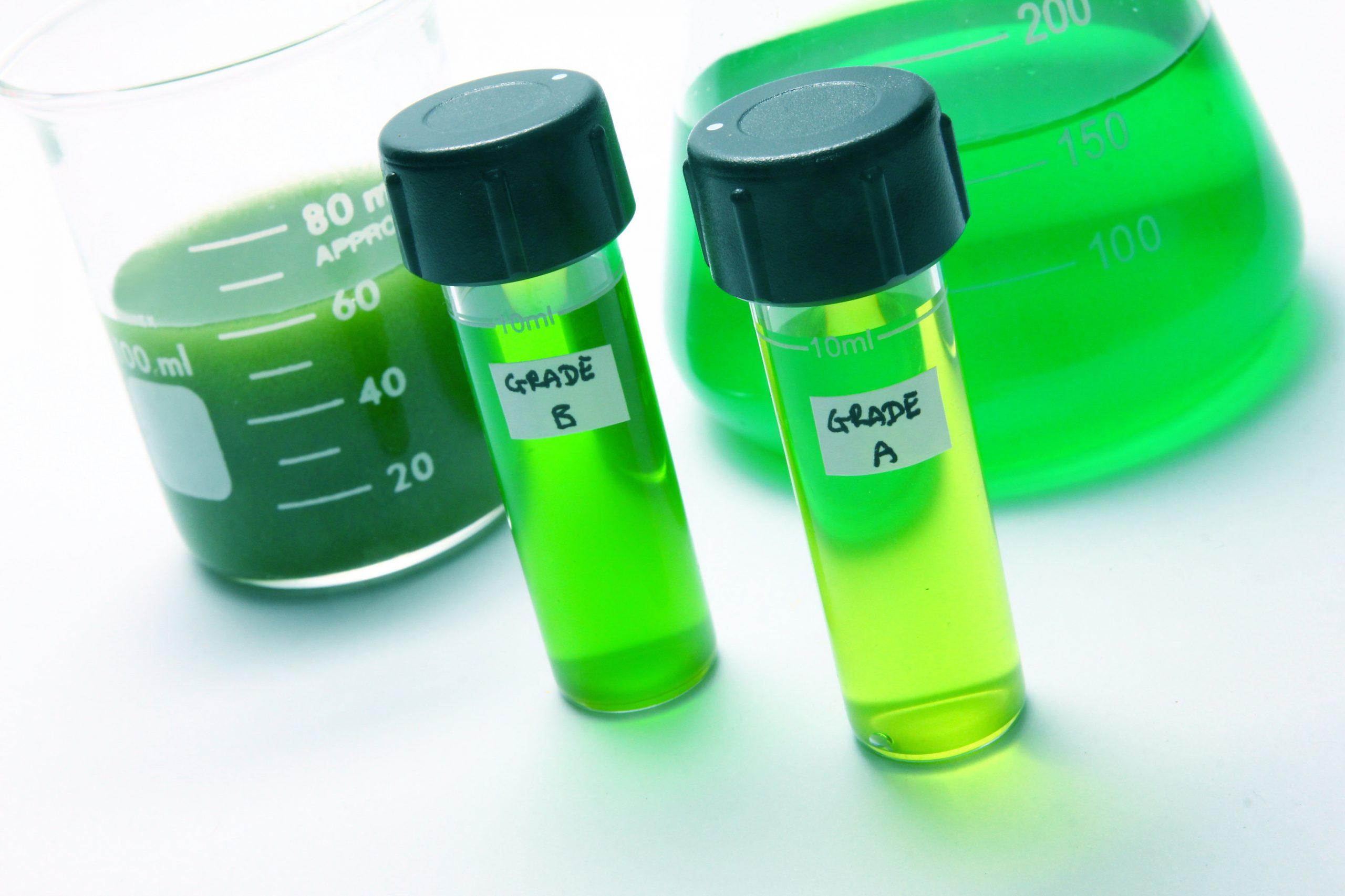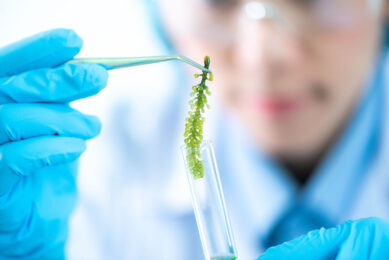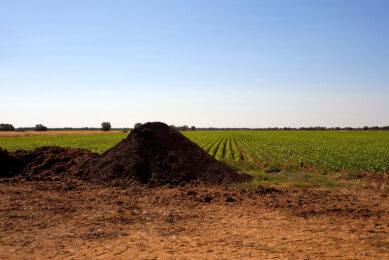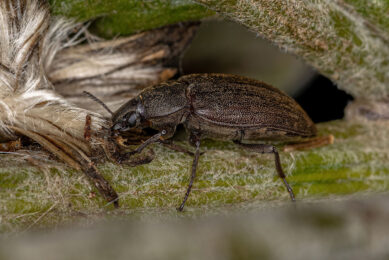Microalgae: Not too much in dairy cow diets

Microalgae can be used as an animal feed source. But the applications in cattle feed are still limited. Some studies done looked at the inclusion rates and effect on milk yield and quality.
A new paper, written by Italian researchers and published in Livestock Science, therefore reviews the studies on the use of microalgae for dairy ruminant feeding in order to provide complete information on the limitations and their potential use.
Use as energy and protein source
Currently in Europe, the microalgae registered as animal feed or ingredients for animal feed (EU regulation 767/2009) are: Spirulina maxima and Spirulina platensis; genus Schizochytrium. The microalgae can be added to the feed as whole algal meal and defatted algal meal, microalgae-based oils or dried or freeze-dried algae biomass. These different forms differ in raw fat percentages.
Microalgae-based feeds in ruminant diets are introduced in order to supplement the ration, as a source of:
• Energy: used in the partial substitution of corn or concentrate or added to the lipid supplementation
• Protein: in partial replacement of soy or rapeseed
• Enhance the antioxidant defence system and oxidant status of products given the natural content of natural antioxidant compounds.
Not too much in the diet
In the studies reviewed it was noted that when the supplementation of algal products is exceeded, feed ingestion decreases. Although without recording a decrease in total feed intake, some authors, have detected qualitative changes in intake. In particular, a reduction in the intake of the concentrate containing microalgae was balanced by a higher intake of silage. In cows, the maximum amount of microalgae ingested without effects on feed intake varies in different studies in a fairly wide range from 4 to 79 g of microalgae/ kg of dry matter in the diet. The decrease depends on the type of feedstuff, for example products based on algal meal in dairy cows, are accepted up to inclusions of 10–11 g/ kg of the dry matter intake, while meal made up of defatted microalgae and soyhulls, appear to be better tolerated, up to 92 g / kg of dry matter. On the other hand, studies on algal oil supplementation have shown that it does not affect the intake in cows if integrated up to 194 g / day per head. In sheep, a reduction in the intake of concentrate was observed with an algal biomass supplementation of about 12 g/kg (estimated value) of the ration.
Effect on milk production
With regard to the effects of microalgae feeding on the quantitative production of milk, it is not straightforward to compare the literature because of the differences in the amount of microalgae supplemented, in the duration of the experiment, and in the composition of the diet. However, most authors have not found an influence on the milk yield, either in cows or small ruminants, and no effects have also been reported in studies where reductions or changes in the intake were observed. However, the literature also reports cases in which production losses have occurred. For example Boeckaert et al. (2008) showed that a 45% lower milk yield was produced in cows fed algae in quantity of 43.0 g/kg of DM of the ration through the rumen fistula. Production decreases have also been found in sheep with 25 g/kg of algal biomass of DM of the diet, in diets that also included corn silage and alfalfa hay silage. On the other hand, the administration of Spirulina (200 g per day, about 10–14 g/kg of DM) led to a higher milk yield in cows with a maximum increase of 25% in daily production during a 90-day experimental period. The authors explained that the improvement was due to the chemical composition of the microalga Spirulina platensis, which influences both the biological activity of the ruminal flora and physiological status of the animal.
Metabolics status and defence system triggered
Moreover, studies found that total daily intake of water was greater in steers receiving Spirulina platensis, this aspect in dairy cows should be further investigated as the increased water intake could affect milk yield and quality. In addition, beneficial effects of some microalgae species on metabolic status and defence system of animals as well as on oxidant status of products have been reported. Regarding this latter issue Tsiplakou et al. (2018) found higher superoxide dismutase activity in blood and milk and higher catalase activities in the blood plasma in goats that were fed Chlorella vulgaris. Superoxide dismutase and catalase are among the main components of the intracellular antioxidant defence mechanisms which regulate reactive oxygen species accumulation within tissues, whereas enzyme lactoperoxidase in milk is related to the oxidation of lipids. In the above reported study also a reduction of anoxidative stress biomarker (protein carbonyls) in milk was found.
Changes in the milk fatty acid profile
The greatest changes have been found in the milk fatty acid profile and are related to the long chain fatty acids and fatty acids of the omega 3 series, especially DHA and EPA. However, excessive algal supplementation seems to have negative effects on palatability, feed intake, the ruminal metabolism, as well as negatively impacting milk production and fat. Careful attention is needed regarding the amount of supplemented algae and rumen-protected forms should be considered in order to prevent reductions in feed intake, and a deterioration in milk yield and quality. The authors therefore address that further research is needed to identify the more appropriate species/feed and the effects of a prolonged supplementation.
Source: Livestock Science
 Beheer
Beheer









 WP Admin
WP Admin  Bewerk bericht
Bewerk bericht